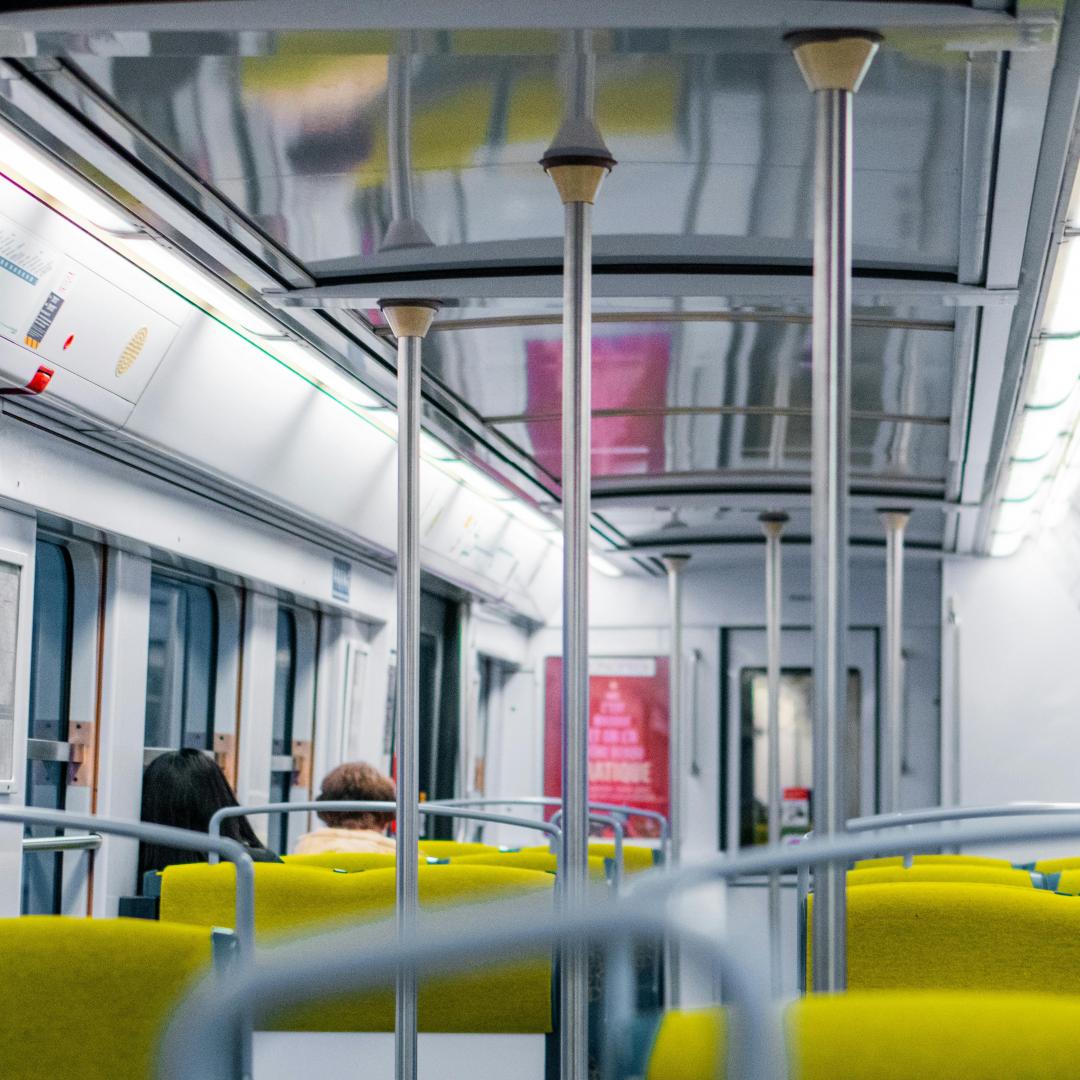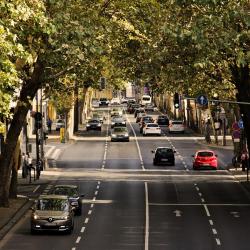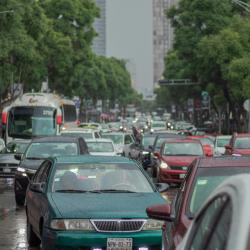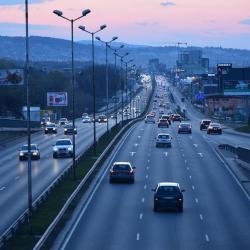How to Save Money on Your Commute: Tips for Drivers and Public Transit Riders
Commuting is a necessity for many individuals who travel to work, school, or other commitments. As gasoline prices fluctuate and public transit fares steadily increase, finding ways to reduce commuting costs has become a priority for many. Whether you drive a car or use public transit, there are effective strategies to save money on your daily journey. Here are some valuable tips tailored for both drivers and public transit riders.
Tips for Drivers
-
Carpooling
Carpooling is an excellent way to cut commuting costs. Sharing a ride not only reduces your fuel expenses but also lessens wear and tear on your vehicle. Apps like Waze Carpool and regional rideshare websites can help you find carpool partners. Moreover, many regions offer High Occupancy Vehicle (HOV) lanes, allowing carpoolers to bypass traffic, saving both time and fuel. -
Optimize Route Planning
Taking the most efficient route can save time and fuel. Use navigation apps such as Google Maps or Waze to identify the least congested paths and avoid traffic delays. These apps also offer real-time traffic updates, helping you adapt your route accordingly. -
Regular Vehicle Maintenance
Keeping your vehicle in good condition can improve fuel efficiency and prevent costly repairs. Regularly check tire pressure, replace air filters, and ensure regular oil changes. A well-maintained car consumes less fuel and runs more efficiently. -
Fuel Rewards Programs
Many grocery stores, gas stations, and credit card companies offer fuel rewards programs. By enrolling, you can earn points or cash back on fuel purchases. Check which programs align with your spending habits and make the most of these discounts. -
Drive Economically
Adapt your driving habits to conserve fuel. Avoid sudden acceleration and braking, adhere to speed limits, and use cruise control on highways. Also, try to minimize idling; a running engine consumes more fuel than you might think.
Tips for Public Transit Riders
-
Buy Passes
If you use public transit frequently, consider purchasing monthly or yearly passes. These often come at a discounted rate compared to daily tickets, providing significant savings over time. -
Research Discounts
Many transit systems offer reduced fares for students, seniors, and those with low income. Check with your local transit authority to see if you qualify for any discount programs and take advantage of any savings. -
Optimize Transfers and Timing
Plan your trips to optimize transfers and reduce waiting times. Apps like Citymapper or your local transit authority's app can assist in finding the quickest routes. Consider off-peak travel when fares might be lower and trains or buses less crowded. -
Telecommuting
Talk to your employer about the possibility of working from home one or more days a week. Even cutting down one commute a week can add up to substantial savings over time. -
Bike and Ride
Combine biking with public transit to save money. Many transit systems provide free or low-cost bike storage at stations, or permit bikes on trains and buses. This not only reduces your reliance on transit but can also be a refreshing start or end to your journey.
General Money-Saving Tips
- Pack a Lunch: Avoid the temptation of buying food during your commute. Bringing food and drinks from home can save money and help maintain a healthier diet.
- Bundle Trips: Whether running errands or scheduling appointments, try to complete multiple tasks in a single trip to reduce overall commuting costs.
- Evaluate the Need for a Car: Consider whether you need a vehicle at all. In some urban areas, using a combination of public transit, biking, and ride-sharing apps might be cheaper than owning and maintaining a car.
Saving money on your commute can involve a few lifestyle adjustments but the long-term benefits are worth the effort. By implementing these strategies, both drivers and transit riders can enjoy the journey with less financial stress, while contributing to environmental sustainability.






















